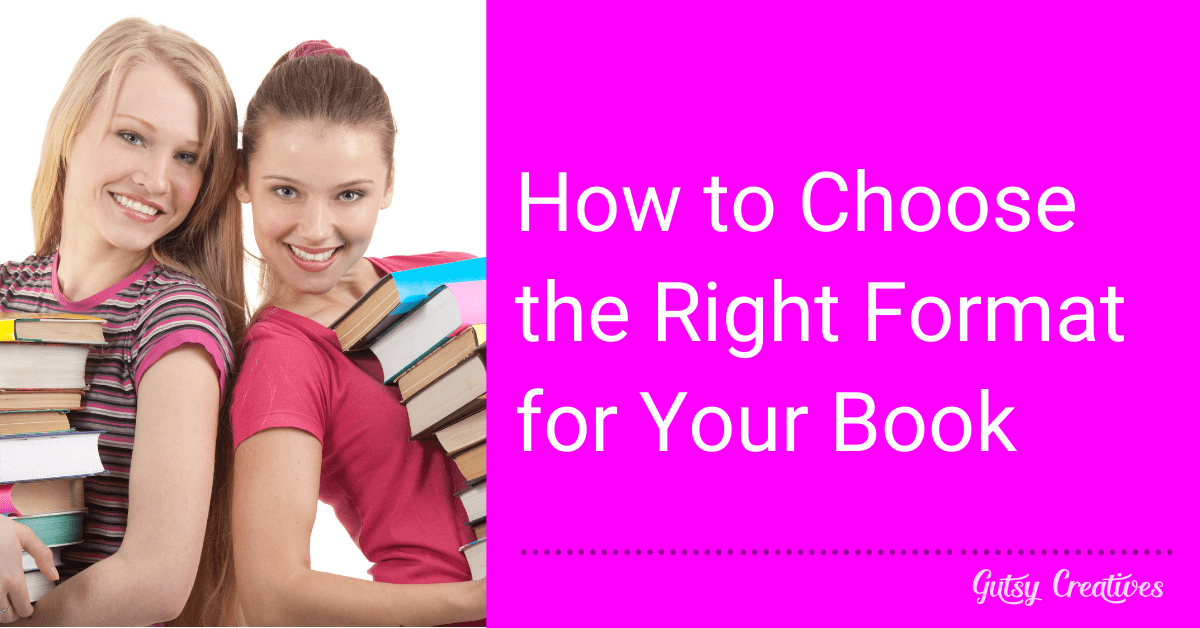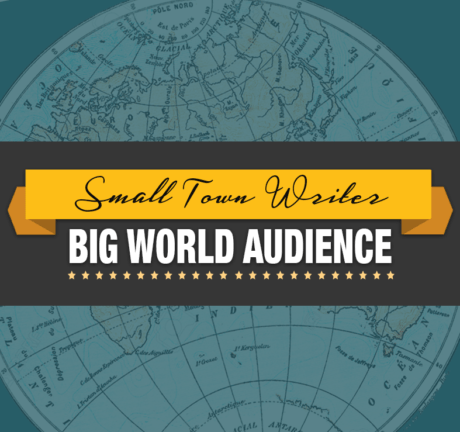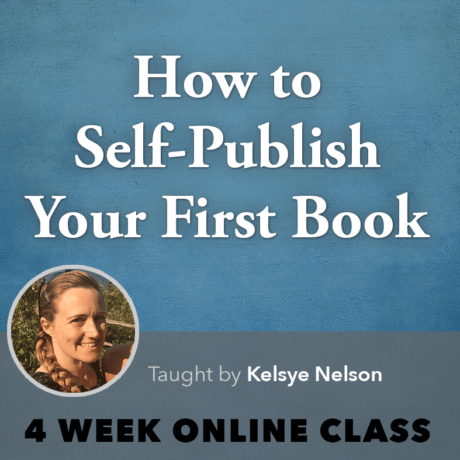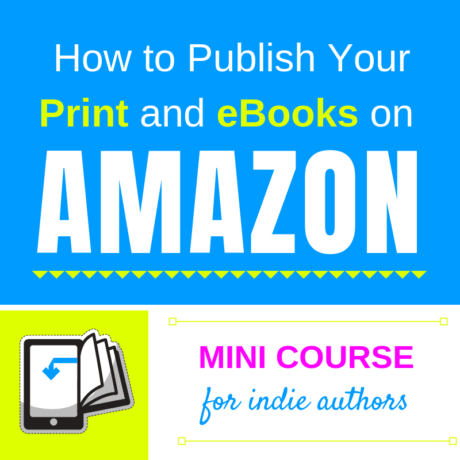

Book formatting is the process of dictating how your book will look like once it is in print or in an e-book. This designing and formatting task can be one of the biggest challenges of self-publishing. If you are not hiring a professional, then you need to make sure you know the basic formatting requirements for your book in order to make it look professional. Bad formatting will give your book an unprofessional finish which is going to cost you many readers.
Since traditional publishing houses utilize the services of experts in the field, it’s up to you to produce a finished book up to their same standards. Here are a few key points you must remember when formatting your finished story and presenting it for publication.
01. Decide on the Size of Your Book
Deciding on the size of your book may sound easy but, in fact, depends on several factors that must be considered carefully. The first factor is the genre – your book size depends primarily upon the genre of your book and the target audience. This is why you need to analyze data and determine popular book sizes readers go for – sometimes subconsciously. Go through what established publishers consider to be acceptable book sizes for each genre because this is what book buyers, libraries, and readers would also consider acceptable (in most cases).
Another factor you should weigh in before choosing your book size is the number of pages your book will be reduced to, and the print price. According to IngramSpark, “a 6×9 book will take up fewer pages than a 5×8 book. If the smaller trim size pushes your page count out to a point where you cannot afford to print the book, then the larger print size makes more sense.”
02. Font Type
The font that you use while writing the book (because you’re familiar with it) may not always be the perfect for publishing – it has to be a font that gives your book a professional look and makes it easier for readers to focus on. Some of the most common fonts used in fiction and non-fiction books are: Georgia, Garamond, Baskerville and Palatino.
The font you choose should enhance the readability of the text. Readability also depends on the font size, the spacing between words and between lines and paragraphs. Serif fonts – fonts with a decorative stroke at the end of a letter – are easier to read and are therefore best for the body of the book (like the fonts mentioned above).
03. Page Numbers and Chapter Titles
While serif fonts are best for the body of the book, sans serif fonts are best for chapter titles. Sans serif fonts do not have the decorative stroke at the end of each letter, so reading them is not as smooth as reading serif fonts. But that doesn’t mean you can only use sans serif for chapter titles and headings. You can basically use any font you like, as long as it is clear and readable.
Adding page numbers manually can truthfully be a nightmare—don’t worry, we’re here to help. If you’re formatting your book using Microsoft Word, you can easily make the page number appear wherever you want it to be on the page – you must simply get the hang of how to use the Design Tab, which will then do all the work for you.
04. Use a Book Formatting Tool
If all these formatting rules sound overwhelming and confusing, there is another option: using a book formatting tool. While the best formatting tools are not always free, they will make the formatting task much easier by choosing the best styles for your book based on the specifications. Book Design Templates, created by leading book designer Joel Friedlander, has a wide range of templates for both print and digital books, starting from $59 USD. Scrivener Compile, a word processor made specifically for writers, is an excellent option for your book formatting needs – but only if you’re already a Scrivener user, because using Scrivener for the sole purpose of formatting is not recommended.

Sharika Hafeez
Sharika Hafeez is a nerd, and she’s proud of it. Growing up, she fell in love with books and writing, and is currently following her undergraduate degree (for some mysterious reasons) in Physics. She likes procrastinating by watching the stars with a steaming cup of tea, composing poetry in her head.







0 responses on "How to Choose the Right Format for Your Book"